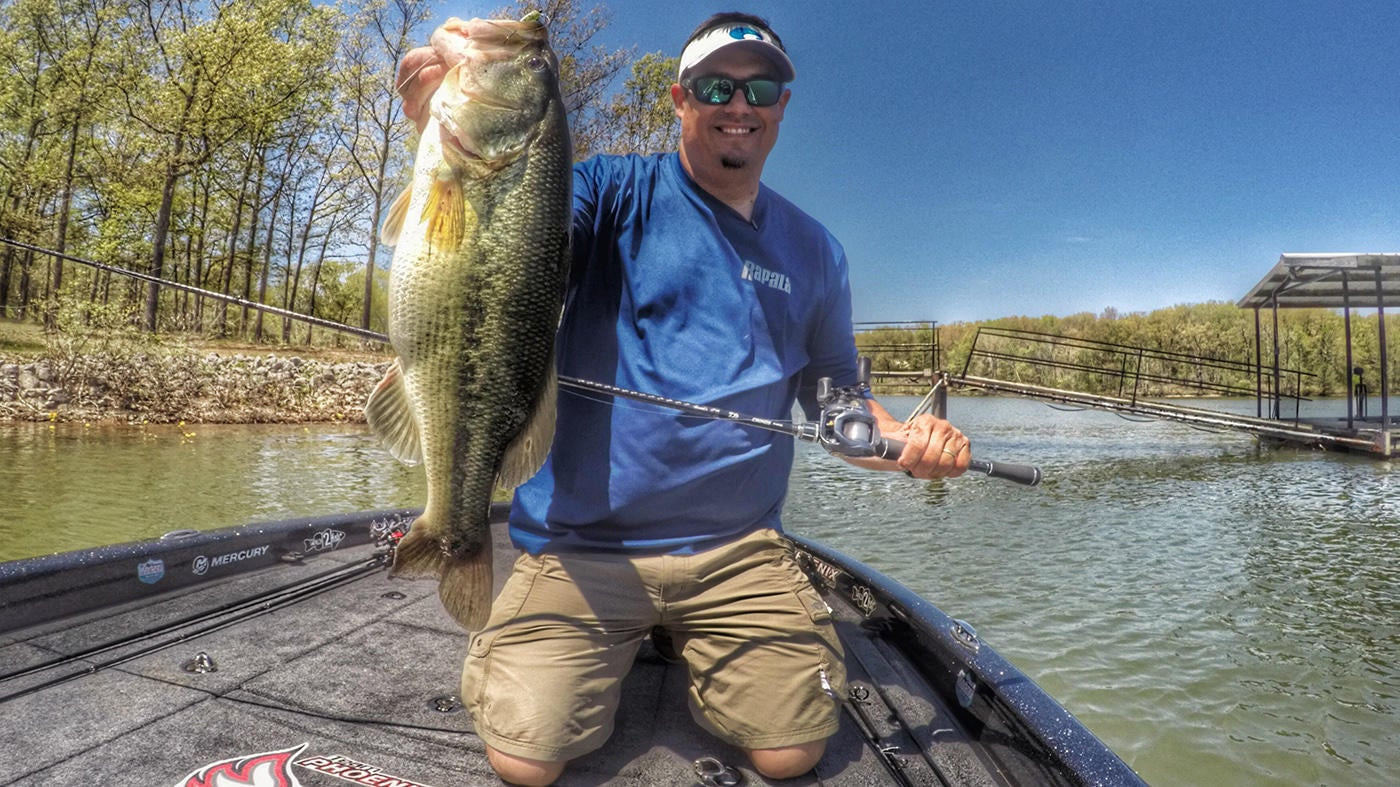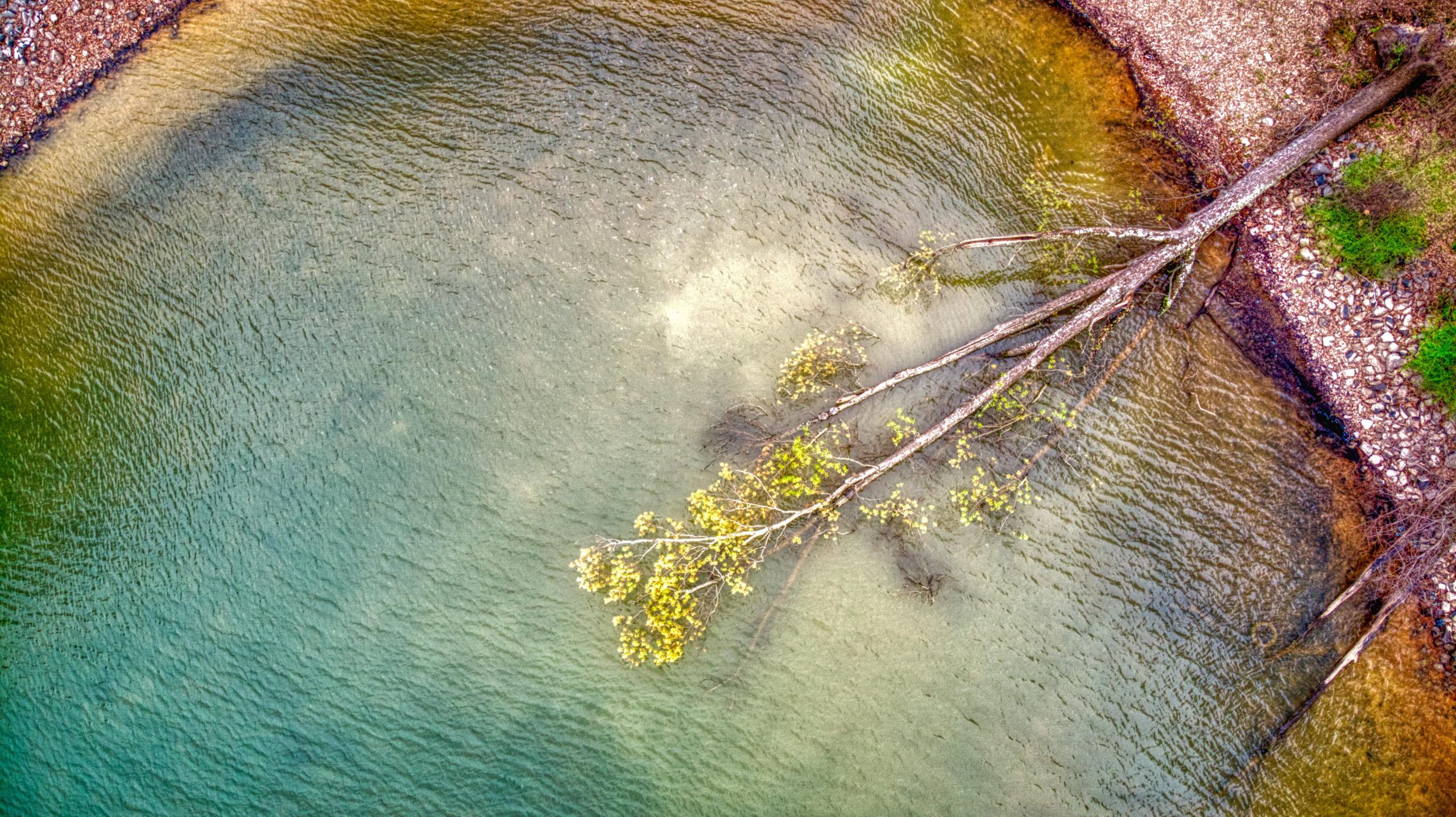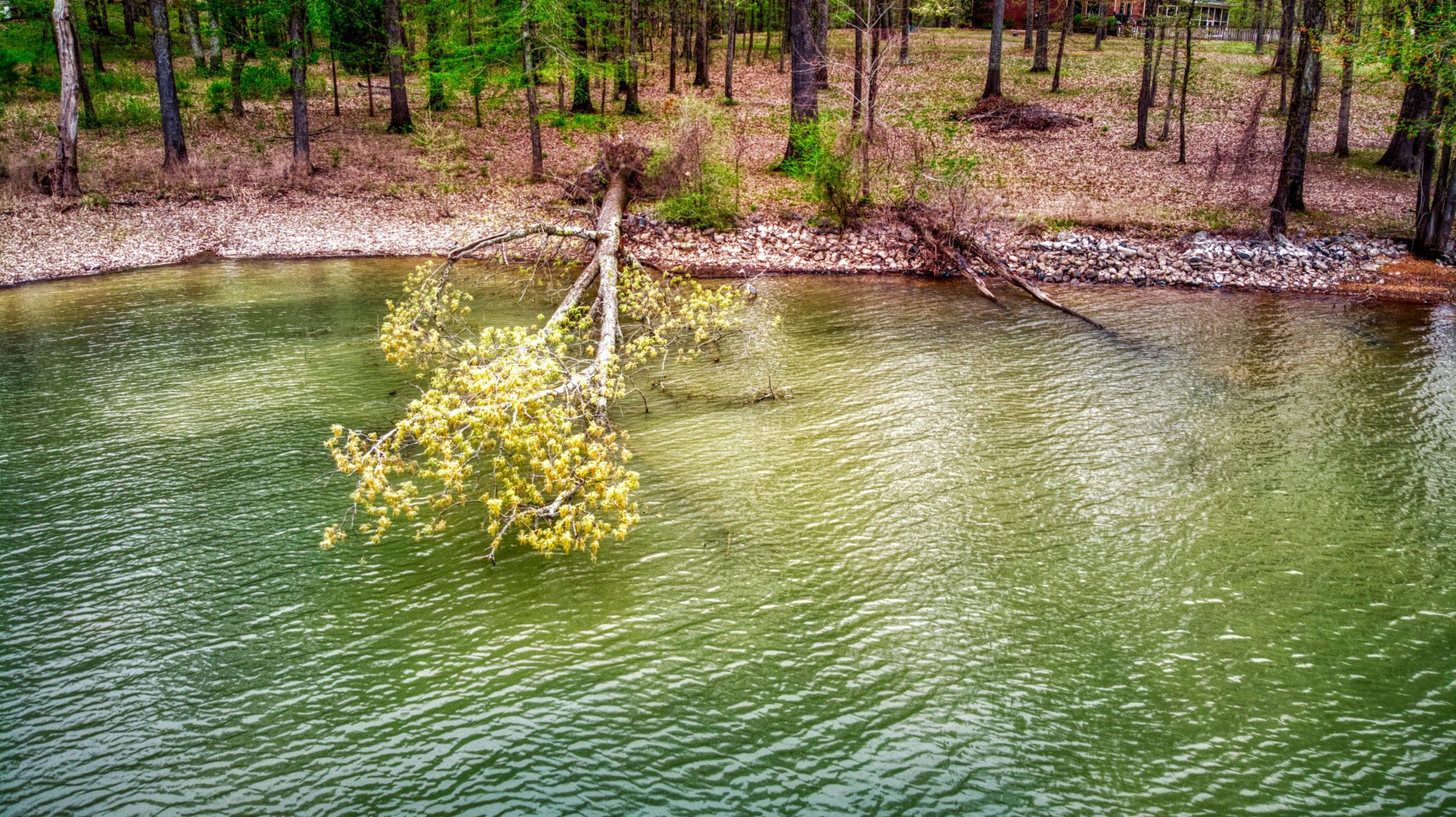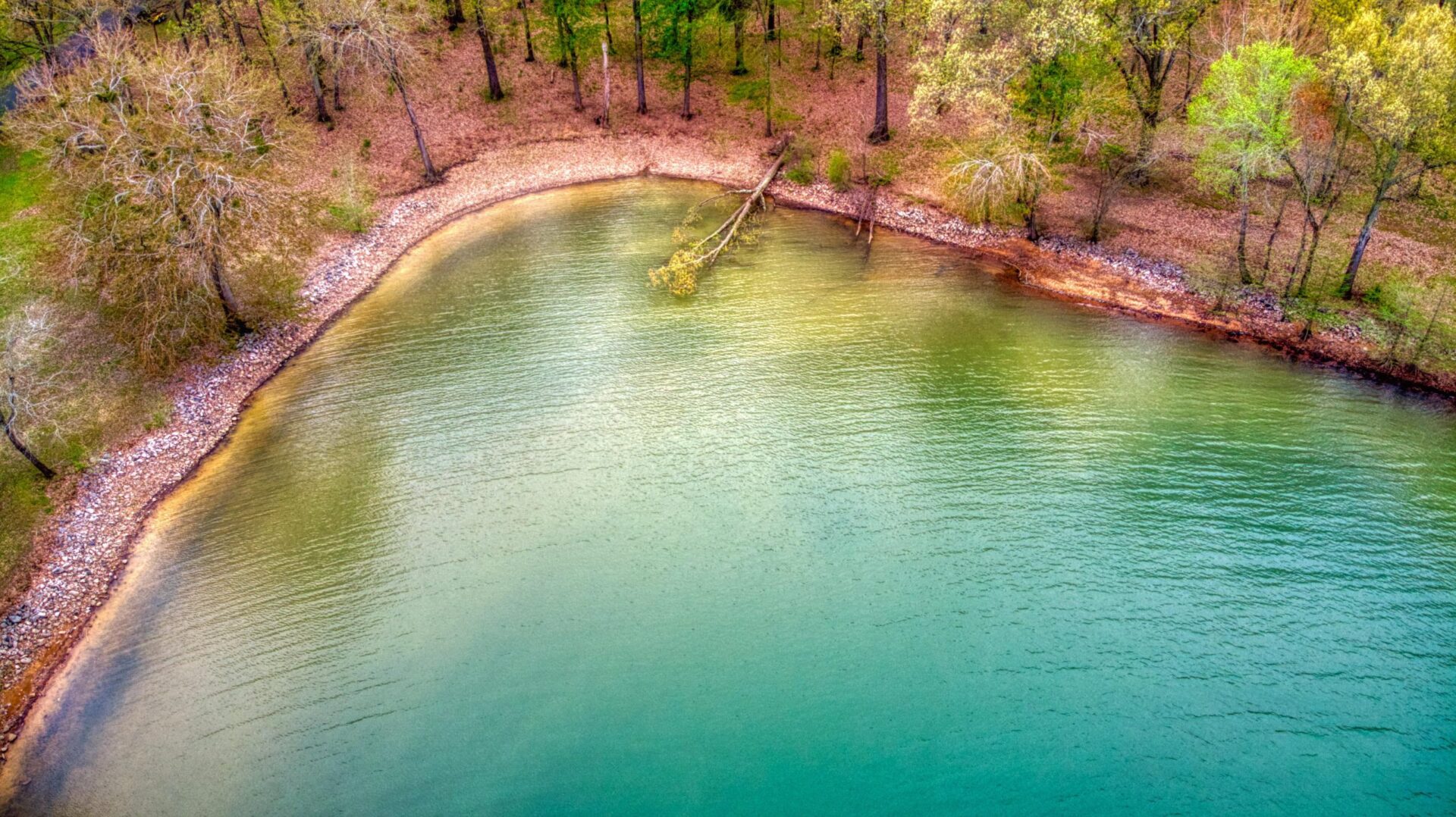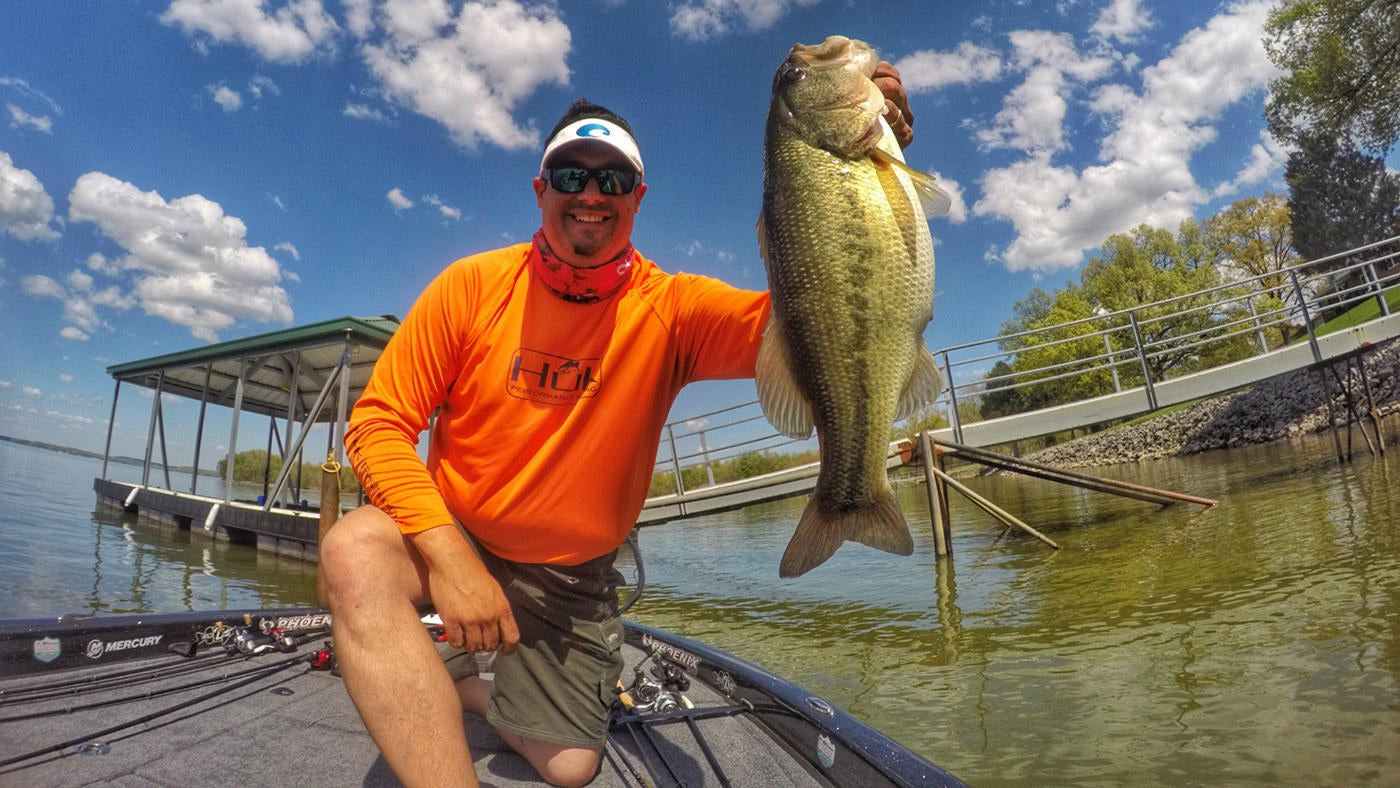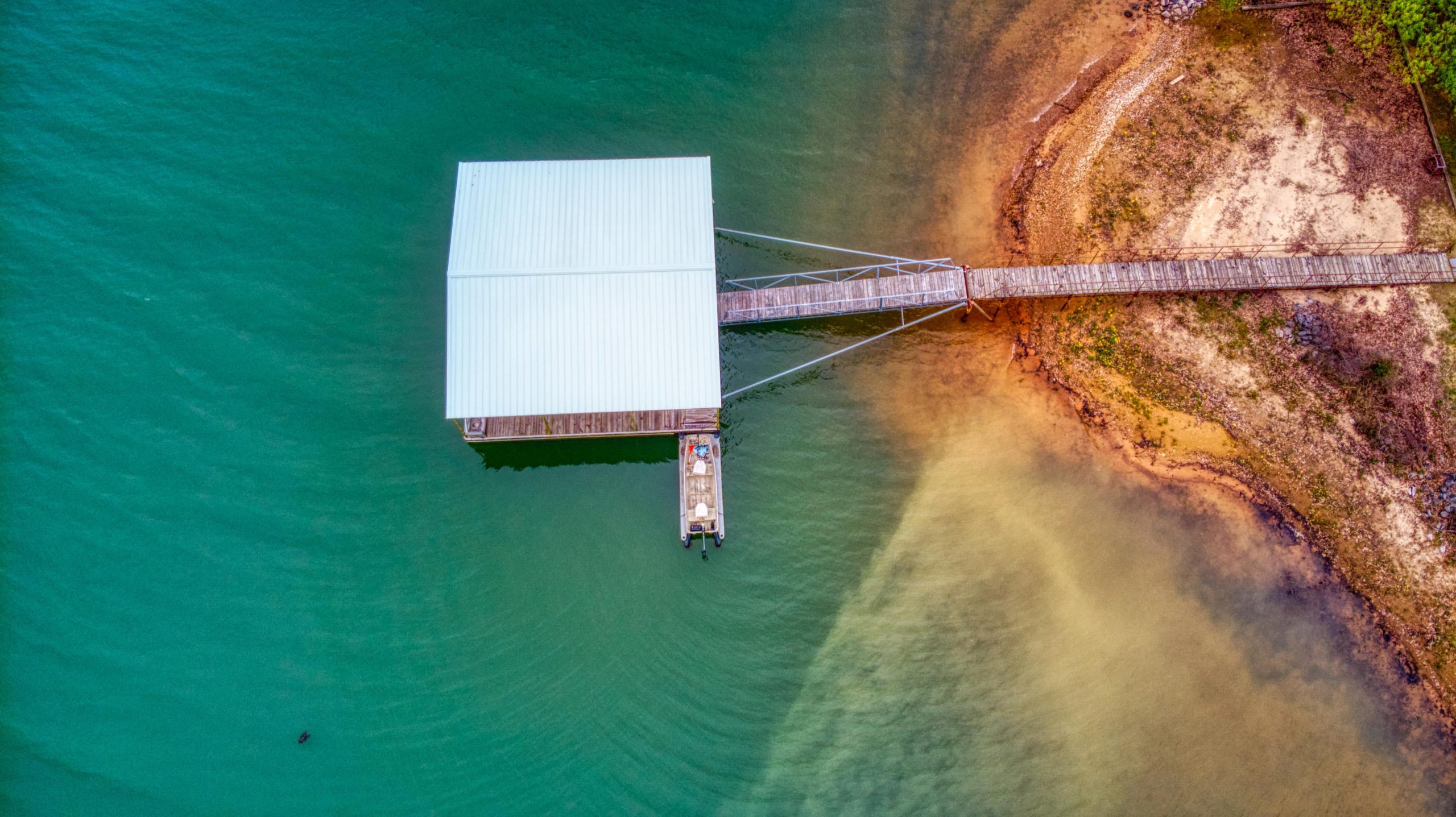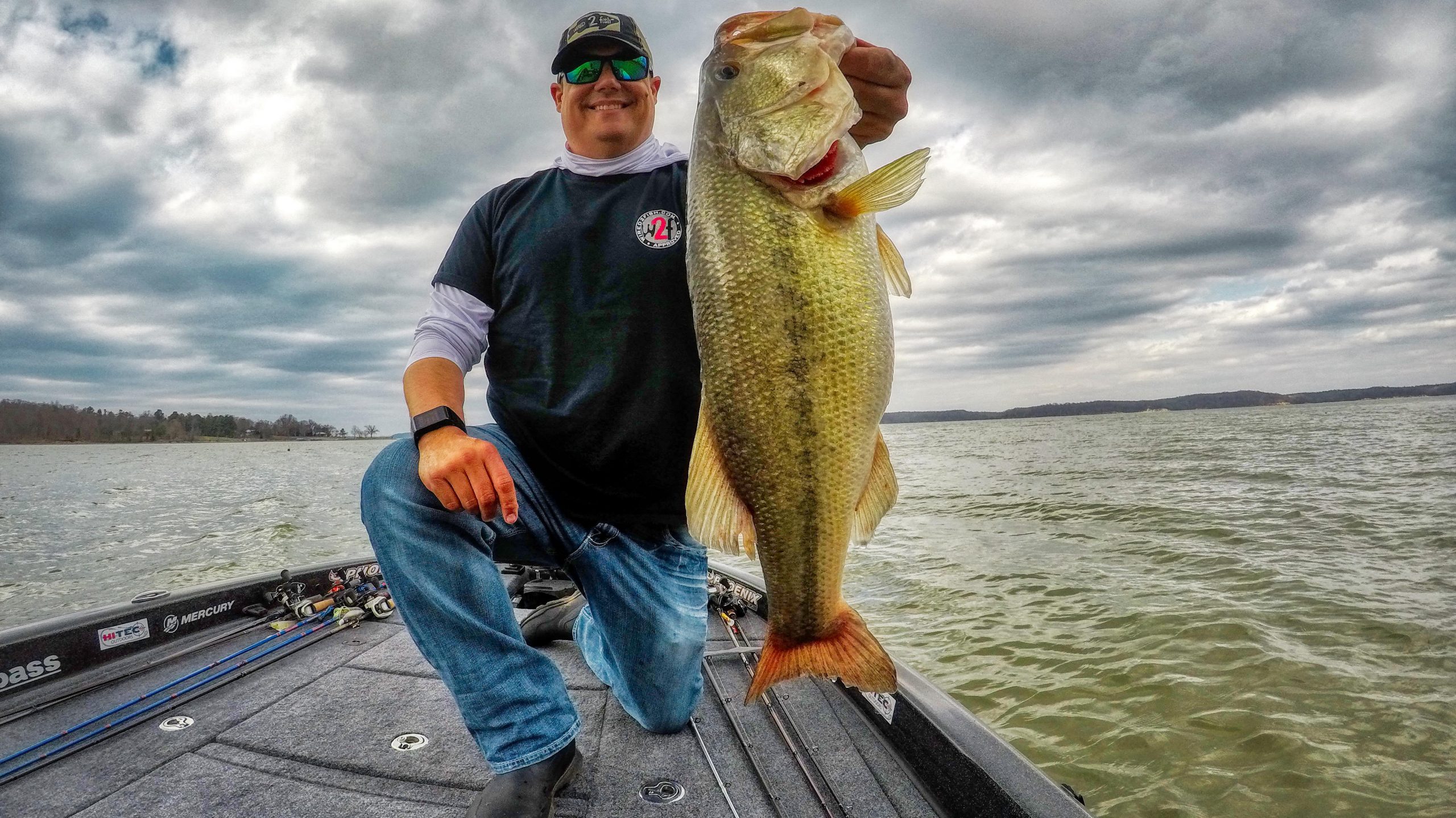Here are 8 tips to catching more bass in clear water and when the bass are visible and hard to catch. This could be sight fishing. It could be just fishing for cruisers or roamers in the spring. It can entail approaching fish hiding in ultra shallow cover that is in very skinny water making them more spooky. Whatever the case is, catching bass when you can see them often takes a completely different approach and mindset. Here are 8 things most good sight fishing anglers consider when fishing for bass they can see.
Light lures
The first thing many good anglers do when they are fishing for bass they can see in either shallow or clear water is lighten up the load. For me that often means reaching for a Yamamoto Senko on a wacky rig or on this better weighted rig system to fish Senkos faster. Another popular option in recent years has been a Ned Rig and a Z-Man TRD or comparable small plastic.
The light lure on light line and spinning tackle or light baitcasting setup allows you to make long casts, enter a shallow clear water area with minimal disturbance and get the bait in front of a fish without spooking them. I usually work with a 3/32 ounce NedlockZ jighead up to a 1/8 ounce weighted hook or no weight at all. You can skip the bait up there and get it in the strike zone with a sneak attack.
Distance
After lightening up the load, I will often focus on staying way off of the object I think is holding a fish or maybe just the general area I think the fish are using, and target them from as far away as I can effectively make a good presentation.
Anglers often pull up to a piece of cover and fish it like they would in dirtier water, getting right on top of it and fishing all around it. But when the water is clear, just getting close to something like a laydown can spook the fish out before you ever start fishing for them.
Distance can keep a fish in the cover or strike zone while also allowing you to make presentations to them before putting them “on guard” with your presence.
Action and speed
Conversely, I will sometimes reach for a bait that offers a lot of action and drawing power while being a bit larger. Usually if I have tried a small lure from a distance and that didn’t get a big fish’s attention, I will go to something like a jerkbait or a glide bait and work the bait more erratically in the area, trying not to get too close to the fish immediately and then work the bait with a lot of action to the fish or hopefully draw him to the bait.
We’ve shot some cool big swimbait video where you can see the drawing power of a bait with action in clear water. But I think because a fish can see so well in clear water, you need a bait that is constantly on the move that they don’t get a good look at. That can often be coupled with speed to get clear water fish to just react.
Using the Wind
A very simple way to increase your odds of catching bass in ultra clear water is to play the wind. Anglers often have a tendency to go to the slick calm waters in clear water. When in actuality, the windy banks can be much better fishing.
Often times I will see fish working banks that I can catch when it is slick calm but then the wind will switch directions and start hitting those banks and I can return to those areas and catch those fish that wouldn’t bite in the slick conditions.
Shadows and Breaks
On lakes like Beaver Lake and Table Rock, there is no telling how many times I’ve witnessed running down a bank at a high speed on the trolling motor and seeing a nice bass dart out of a dark area on the bank.
Sometimes that dark area is a shade spot or a shadow from something near by. Sometimes the dark area is a lip or drop that creates a dark edge. Often times it is nothing more than a change in the composition of the bottom. Bigger darker rock and the fish are concealed in that line of darker rock or maybe old dead bank grass.
Either way I always try to cast to those dark changes I see ahead of the boat before I get too close. That yields a lot of fish in ultra clear water for me all throughout the year.
Skipping
One of the things that can catch a lot more bass in clear water is skipping your lures up to the strike zone. You can make a more natural, quiet presentation and even make it look like a fleeing prey.
It’s uncanny how many times a skipped lure is bit the moment it stops skipping and starts sinking. Plus it allows you to get into and around shallow cover where bass might be hiding in ultra shallow clear water that you would otherwise spook at a distance with anything other than a perfect pitch.
Easing into Areas
Oftentimes, when fishing clear water, you have seen bass in the areas before and were unable to catch them, so you come back at a later time or date and try again. When doing this, it’s best to ease into the areas. Start way back from something like a dock and ease up to it with the trolling motor, working from the outside in.
Just going into the area with a little more stealth can yield more catches. And often keep those big bass in the strike zone.
Wait on them
Anglers call this stalking. Just like with other predators, you want to observe their movements and patterns and see if you can figure out the area the fish is roaming and present the bait to them optimally. That often means letting the fish swim out of the area and putting the bait up there quietly while the fish is out of the zone and waiting for it to come back before you start making your presentation.
It works on bass that are cruising areas feeding, fish that are meandering along banks. Usually when they are moving a lot like that, they are foraging and you can get those fish to react if you can get the bait in front of them without spooking them.
I’ve seen big bass in the shallows and I will often let them swim behind something or out of sight before casting my bait to where I have seen them cruise through a time or two. Then cast the bait up to there and wait until I see the fish moving back into the area before I start working the lure in front of them.
Keep your trolling motor on a low setting or Power Pole or Talon down and wait on them if you’re in a boat. If you’re walking the banks, get low and put your bait out there and watch for them to start back before beginning your retrieve so they can react to it from a long way out.


